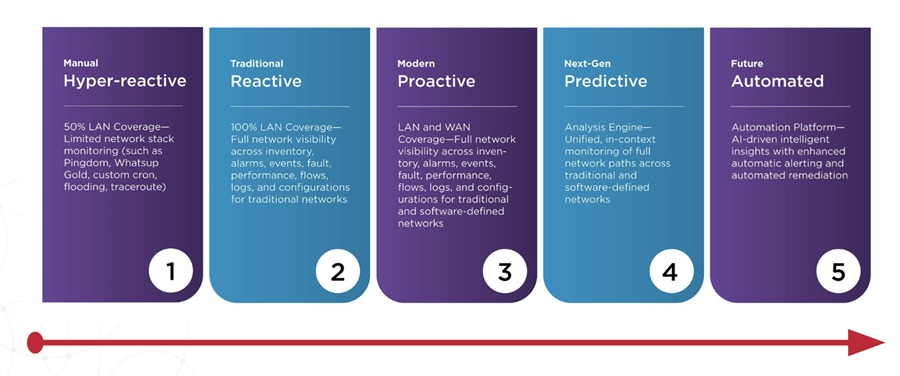
As companies look to maintain a competitive advantage, IT professionals are increasingly being charged with adopting a business-focused mindset. The role of an IT manager is no longer simply ensuring that systems and networks are functioning properly – they now need to be adept at anticipating business needs and having a recommendation on how to address them.
As pressure comes from the C-suite to spend IT dollars wisely, IT professionals may find themselves needing to demonstrate their expertise by identifying and implementing virtualization and cloud tools that best fit their company's needs. Unless IT proactively forms a recommendation, they risk being entirely cut out of the conversation as vendors target business unit leaders directly.
IT professionals must understand where their companies are heading in order to be prepared and stay competitive. Here are some tips on what IT professionals can do to position themselves for success as their role in the organization continues to develop:
1. Stay Agile
IT professionals need to be comfortable interacting with all parts of the business. As their role in an organization moves beyond implementation, maintenance and troubleshooting to performing competitive analysis and issuing recommendations, it is important to stay on top of developments in the industry and what they mean for the business.
IT professionals should be up-to-speed on technologies like virtualization and cloud, which have become game-changers for IT. However not every application is suited for the cloud, and it’s important to have a core understanding of each and be able to make the distinction. Complicated, one-off custom apps may not be suited (or cost efficient) for a move to the cloud, whereas hosting high volume, repeatable apps in the cloud can help with standardization. The key is knowing which environment is appropriate and will best meet the needs of your business.
2. Carefully cultivate partnerships
IT professionals need to identify and collaborate with vendors who are making it easier to adopt features that both enhance virtualization and facilitate the transition to cloud computing.
Start experimenting early and often to understand what works for your organization and what doesn't. This will simplify the process for IT professionals whose companies are looking to move into a cloud infrastructure as you’ll already have a sense of which path to take. Another advantage is that this will demonstrate your ability to develop and manage vital partnerships that provide the right enhancement features for their companies' needs.
There will always be pressure from the C-suite to demonstrate that managing some services externally is both cost-effective and the best course of action for the organization, and understanding and anticipating internal business concerns will help you work with vendor partners to address them.
3. Become a successful business leader, from the server room to the board room
This is the defining piece. IT professionals need to become prominent leaders and advise their companies on the right infrastructure needs to drive the business forward. As I mentioned earlier, knowing which environments and solutions are best suited to your company’s needs and why will help back up your recommendations.
Activities like conducting a competitive analysis vs. other providers will go a long way toward showing business leaders that you are keeping broader business goals like cost savings and efficiency in mind. Skills such as marketing and product management are not only for vendors, they are becoming increasingly important for IT departments whose delivery of IT services is inevitably going to be compared to outside service providers. By being a resource for business unit leaders, IT professionals can demonstrate that they are tuned into business demands and are vital contributors to the organization’s success.
As we all work to adapt to changing roles and changing business climates, keeping the aforementioned tips in mind will help set you on the path to success.
ABOUT Jonathan Reeve
Jonathan Reeve, Senior Director of Product Management, SolarWinds, has built a career integrating hands-on technical development with senior-level strategic management. Having previously served as VP of Product Strategy for Hyper9, Reeve was responsible for the company’s flagship product, Virtual Environment Optimization suite. His experience spans computer networking, systems management and virtualization technologies, helping numerous start-ups and established companies generate market traction. Prior to joining Hyper9, Reeve drove product management for the network management product line at Smarts, which was acquired by EMC in 2005. He has a degree in Electrical Engineering and a PhD in Computer Networking from the University of Durham (UK).


